
Edito
“Due to our rich experience of vine growing since ancient Tunisia, we acquired an in-depthknowledge and would like to share this.
Tunisian viticulture illustrates a perfect place within our country and in the history and culture of the Mediterranean basin, known to be the crossroad of civilizations and earth of tourism.
After a vineyard restructuring and upgrade of the equipment and techniques, we can suggest wines perfectly adapted to the international markets, wines aligning modernity and Mediterranean typicity, wines of constant quality and in sufficient volumes, not to flood markets but simply to give the Tunisian wines the place they really deserve. Our target is henceforth to communicate worldwide with importers, distributors and consumers, to make them discover not only our wines, but also the Tunisian lifestyle which I shall characterize gladly as Mediterranean”.
A little of history
The vine in the Maghreb
In the late antiquity, the Greek philosopher Aristote spoke about a vine species called “mad vine”; strange for him because it was carrying at the same time ripe and green fruits and flowers. The Latin naturalist, Pline, mentioned a wild vine called nassari GUI which thrived in the ancient Mauritania and which was used for medical purposes.
Strabon, Ptolémée and others considered the current Cape Spartel as the headland of the vine. The 2nd century Greek traveller Pausanias also announced the presence of the vine in Mauritania and added that the inhabitants of the Atlas used to eat the fruit of this plant.
But it seems that the merit of the diffusion of the vine growing in the Maghreb returns to the Phoenicians. “They had to import Eastern varieties, to graft the wild stocks… “
The vine seemed to have found favourable grounds in the close surroundings of Carthage, in Mégara, garden of Amilcar, in the Cap Bon, in Byzacène and around the cities established along the coasts like Lixus and Sala whose currencies continued to carry the bunch of grapes even after the fall of Carthage.

De l’UCCV aux Vignerons
de Carthage
Brief history
During the French “protectorate” between 19th and 20th centuries, the phylloxera destroyed the French vineyards. The colonists became rich by sending their wines produced in Tunisia to the ports of Sète in France. These wines were known during several years as medical wines rounding off degrees and colors of most of the French wines.
Between 1936 and 1947, in the region of the Cap Bon, which gathers 80 % of the Tunisian vineyard, the vines were attacked by the phylloxera. To face the crisis, the wine growers gathered into cooperatives, trying to raise the vineyards and draw the outlines of appellations controlees. After the war, 1948 an union of wine cooperatives (UCCV) were established and later became Les Vignerons de Carthage.